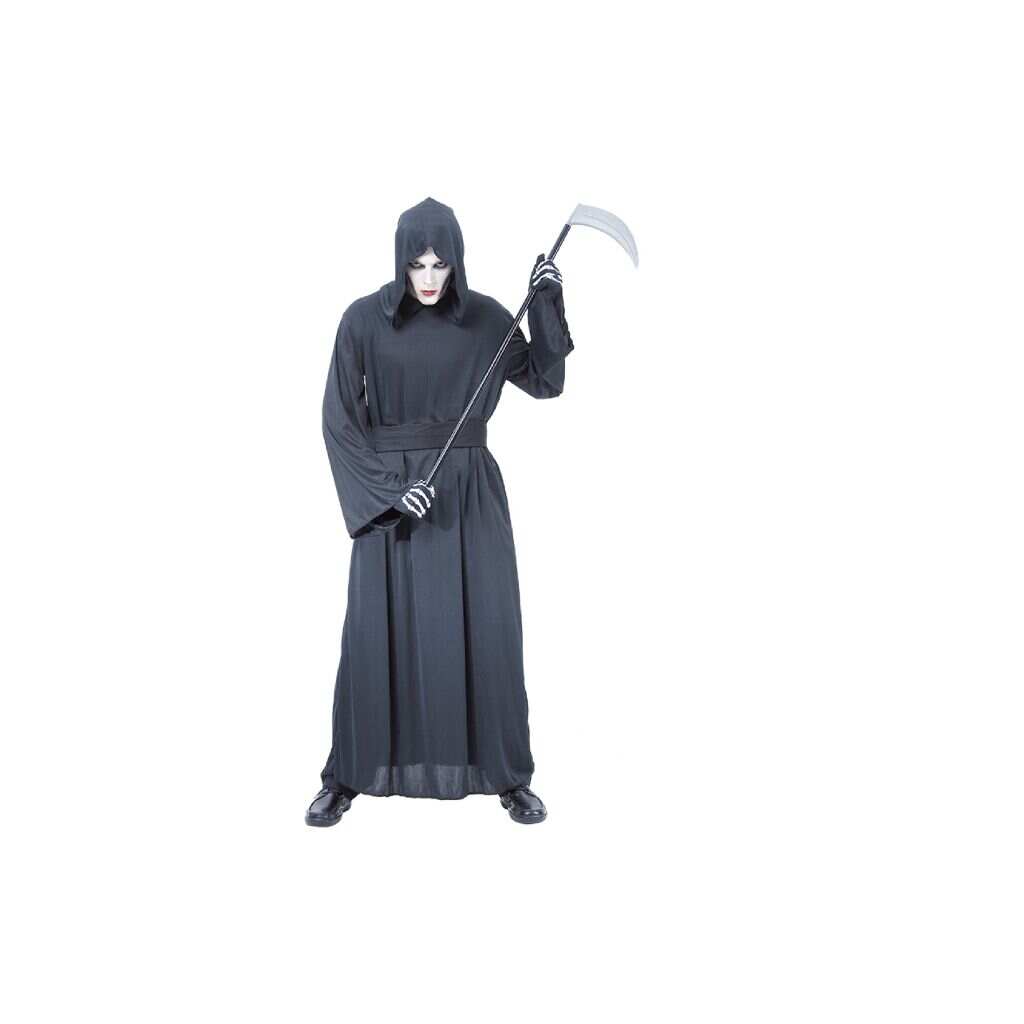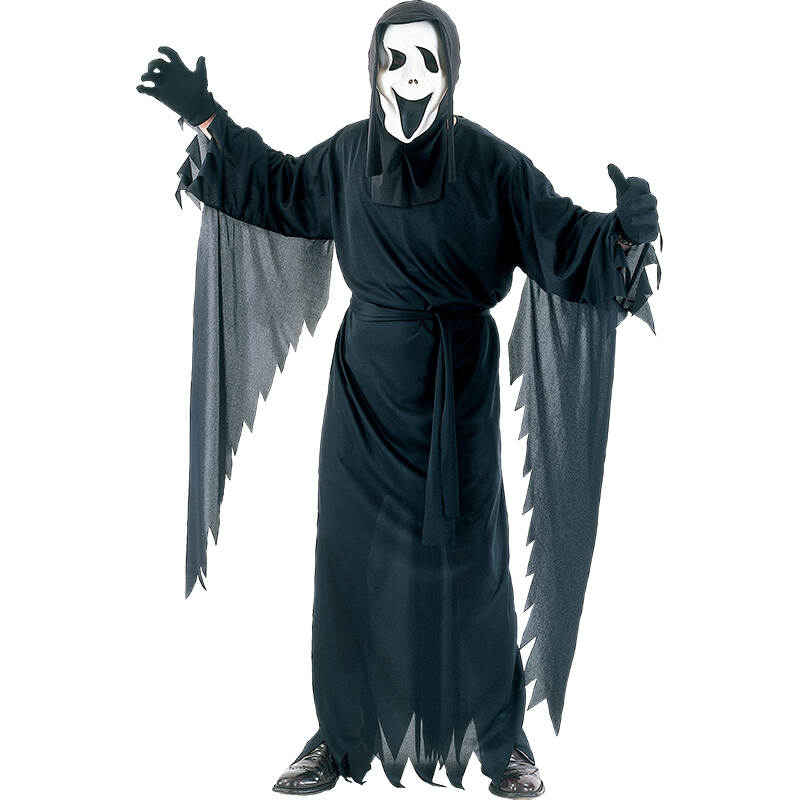Email cannot be empty
Password cannot be empty
Email format error
Email cannot be empty
Email already exists
6-20 characters(letters plus numbers only)
The password is inconsistent
Email format error
Email cannot be empty
Email does not exist
6-20 characters(letters plus numbers only)
The password is inconsistent

From the ancient Celtic festival of Samhain to the contemporary Halloween celebrations, the evolution of costumes mirrors the rich tapestry of cultural shifts and societal influences. Let's delve into the multifaceted journey of Halloween costumes, tracing their origins, cultural impact, and the contemporary trends that have shaped this vibrant tradition.
Halloween costumes have transcended time, bridging ancient rituals with modern expressions of creativity and cultural diversity. The evolution of these ensembles, deeply rooted in history, now represents a tapestry interwoven with thematic versatility, community collaboration, and sustainability. Let's explore this journey, navigating through the origins, cultural significance, and contemporary trends that have defined the evolution of Halloween costumes.
Origins and Historical Background
1. Origins: Samhain and the Transition of Seasons
The ancient Celtic festival of Samhain marked a pivotal juncture, signifying the conclusion of the bountiful harvest season and the emergence of the foreboding, wintry period associated with death. This transitional phase held deep significance as Celts perceived a blurred boundary between the realms of the living and the departed spirits, allowing the latter to revisit the earthly realm. To shield themselves from these spectral entities, intricate costumes and masks were donned, sacred bonfires illuminated the night, and solemn sacrifices were offered.
2. Evolution: Samhain's Interweaving with Christianity
As Christianity permeated the cultural landscape, Samhain gradually intertwined with the Christian observance of All Saints' Day. This union gave rise to the observance of All Hallows' Eve, later termed Halloween. Despite this amalgamation, the core traditions of dressing up and the concept of eerie costumes persisted, now imbued with a blend of religious and cultural influences.
3. Cultural Narrative: Samhain's Legacy and Festive Evolution
Samhain's legacy remains woven into the tapestry of Halloween, encapsulating the cyclical rhythms of life and the human connection with the supernatural. Originally a celebration rooted in nature's transitions, it evolved into a commemoration of saints while retaining the essence of its ancient practices. The festival became a vibrant, culturally dynamic occasion, its celebratory methods and costumes serving as mirrors to societal and cultural shifts across time.
4. Modern Impact: Continuity of Tradition and Costume Significance
Despite centuries of evolution, the spirit of Samhain endures in modern Halloween celebrations. The significance of costumes persists as a means of embodying characters, expressing creativity, and partaking in a shared cultural experience. While the festival has evolved, costumes remain a focal point, evolving with contemporary influences yet retaining a connection to its ancient roots.
Evolution in Pop Culture and Contemporary Trends
Halloween costumes have evolved dramatically over the years due to the influence of various entertainment mediums:
1. Film and TV's Impact on Costume Evolution
The evolution of Halloween costumes owes much to the burgeoning influence of film and television. With the ascent of cinematic universes and the explosion of iconic TV series, a rich tapestry of characters has woven its way into the fabric of Halloween costume choices. Characters like the empowering Wonder Woman, the enigmatic Joker, and figures from cultural phenomena such as Game of Thrones or Stranger Things have seen a meteoric rise in popularity as Halloween costume selections. This surge underscores the profound impact that screen-based entertainment exerts on contemporary costume preferences.
2. Anime, Gaming, and the Fusion of Cosplay Culture
The emergence of dedicated anime and gaming conventions has cultivated a vibrant and thriving cosplay community, influencing Halloween costume trends significantly. The realms of anime, manga, and video games have become fertile grounds for character inspiration, fostering a fusion between cosplay culture and traditional Halloween costume choices. As a result, beloved characters from popular anime series, iconic manga, and well-known video games have made a significant imprint on Halloween celebrations. This fusion amplifies the diversity and depth of available costume choices, expanding the spectrum of characters that individuals embody during Halloween festivities.
Crafting and Selecting Halloween Costumes: A Detailed Exploration
Crafting a Halloween costume involves a blend of creativity, planning, and attention to detail, incorporating various elements for a memorable ensemble:
1. Thematic Versatility and Inspiration
Costume creation extends beyond entertainment realms, offering a canvas where individuals draw inspiration from diverse sources. They might derive ideas from historical figures, mythical beings, beloved literary characters, or even abstract concepts. This thematic versatility allows for a wide array of imaginative and personalized costume choices, enabling individuals to embody their passions and interests.
2. Balancing Artistry and Practicality
The process of crafting a Halloween costume is an intricate balance between artistic expression and functional design. While intricate and detailed costumes enhance visual appeal, considerations like comfort, mobility, and weather appropriateness are equally pivotal. Striking this balance ensures that the costume not only looks visually captivating but is also conducive to ease of movement and comfort throughout the festivities.
3. Embracing Community Collaboration
Costume creation often transcends individual efforts, evolving into a collaborative endeavor. Friends, family members, or communities come together to conceptualize, design, and execute group-themed ensembles. This collaborative spirit fosters a sense of camaraderie, shared creativity, and mutual excitement. Through this collective effort, individuals not only contribute their ideas but also derive inspiration from others, resulting in cohesive and engaging group costumes that amplify the celebratory atmosphere.
Cultural Impact and Social Significance of Costumes
Halloween costumes go beyond surface-level aesthetics, carrying profound cultural and social implications:
1. Cultural Narratives Through Attire
Each costume serves as a medium for personal storytelling and cultural representation. It becomes a canvas upon which individuals express their identity, beliefs, and affiliations. Whether drawing from ancestral heritage, celebrating cultural icons, or conveying social messages, costumes encapsulate a spectrum of narratives. They reflect diverse backgrounds, passions, and sometimes even convey subtle political or social commentary. For instance, costumes portraying historical figures, traditional attire, or contemporary cultural symbols serve as tangible expressions of identity and heritage.
2. Facilitating Community Engagement
Costumes wield the power to foster connections and communal interactions. They serve as conversation starters, breaking down barriers and initiating dialogue within various spheres, such as communities, workplaces, or neighborhoods. During Halloween gatherings, the shared experience of costume admiration and discussion acts as a unifying force. This communal engagement transcends individual expression, creating a sense of inclusivity and camaraderie among diverse groups. Through the shared enthusiasm for costumes, people forge connections, exchange stories, and build relationships, nurturing a sense of belonging and collective celebration.
Embracing Sustainability in Costume Creation
The movement towards sustainability in crafting Halloween costumes has gained traction, marked by two significant approaches:
1. Sustainable Costume Practices
A notable shift is observed towards the use of eco-friendly materials and innovative approaches in costume creation. This includes the adoption of organic fabrics, recycled materials, and biodegradable elements. Incorporating these sustainable materials not only aligns with global calls for environmental responsibility but also fosters a reduced ecological impact. Additionally, the practice of upcycling old clothing or repurposing items into costume elements not only adds a unique flair but also promotes a circular approach, minimizing waste and extending the lifespan of materials.
2. Awareness and Conscious Consumption
The movement emphasizes conscious consumption by encouraging individuals to make informed choices. It involves the reuse of costumes from previous years, fostering a culture of recycling and minimizing unnecessary waste. Furthermore, opting for biodegradable materials or items with minimal environmental impact contributes significantly to reducing the carbon footprint associated with Halloween celebrations. This heightened awareness prompts a shift in consumer behavior towards eco-conscious choices, aiming to create a more sustainable and environmentally friendly Halloween tradition.
Conclusion
The vibrant evolution of Halloween costumes from ancient rituals to a modern cultural phenomenon exemplifies the festival's adaptability and universality. It's a celebration of creativity, cultural diversity, and communal spirit. By exploring various themes, merging entertainment influences with personal narratives, and embracing sustainable practices, individuals can infuse deeper meaning into their Halloween costume experiences, enriching both personal expression and communal connections.